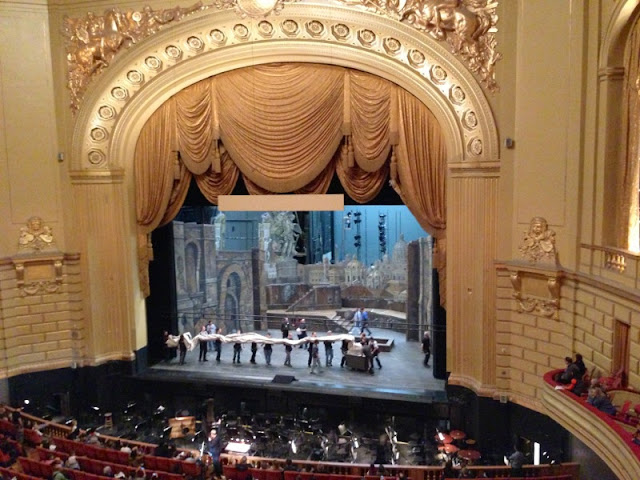Safeguarding : Brief Design a Narrative HMD VR Training Experience for mental healthcare practitioners.
To test some of the research, assumptions and questions that I have discovered recently, I decided to write a simple brief so that I could conduct a little practical R&D.
Brief:
Design a Narrative HMD VR Training Experience for mental healthcare practitioners, that immerses learners in a story that presents different aspects of Opioid Addiction.
I should be able to sketch out some initial concepts and then construct a simple white box model prototype in Unity.
Oscillating between practice and theory / theory and practice, is a technique I use in the initial concept development stage when I try to acquire as much research theory and practical examples as possible (depending on time) *
*Research and Development is one of the most enjoyable stages of development and could easily continue beyond the economic constraints of a project which is why I love to tinker with these things in my own time ;)
Opioid Addiction
Opioid Addiction is traumatic… for the user, for family, friends and associates. Substance abuse leads to emotional, psychological and often financial abuse that can be damaging in a multitude of ways.
This is challenging to portray, effectively, safely and sensitively.
The first question to ask is, can this topic best be delivered as an HMD VR Experience ?
Could it be better delivered as an e-learning course, an instructional video, as a 360 Video or in the classroom ?
How is Opioid Addiction delivered in alternative modes in TEL ?
And finally, if HMD VR is the best mode of delivery for this content, What are the benefits/costs ?
Film
In the series, ‘The pharmacist’ , ‘Dope’ and ‘Painkiller’; the topic of Opioid substance abuse is produced as a series of TV episodes in which the viewer is absorbed in the story but does not feel as if they experiencing the story in an embodied immersive way. They are watching the action ‘out there’, divided from ‘it’ and themselves by an invisible 4th wall. The viewer, while observing the action on screen, can shift their focus to the real world at any point which gives the viewer a sense of physical and in turn emotional detachment from the scene they are observing.
4th Wall
HMD VR
HMD VR is currently deployed as a mode of virtual simulation in healthcare and does not seem to be extensively deployed for narrative-based content.
Can the viewers/players, emotional safety be ensured in HMD VR ?
The Proscenium, the 4th Wall, prospect and refuge and the protective affect.
Thinking about this and how the proscenium (the division between performance and the audience) works in theatre, TV, film and games, I relate this the sense of safety this affords and how HMD VR might be designed as an immersive, safe space in which to experience a challenging story without risk to the players emotional state.
How can a virtual proscenium be created in HMD VR ? I could consider design solutions such as ‘Prospect and Refuge’, User Interface Design, Mise En Scene and activated objects, as a starting point for producing an initial white box model prototype.
Prospect and Refuge
I considered the architectural design tool, ‘prospect and refuge’ in which players are able to watch the story unfold from a safe viewpoint.
User Interface Design
I can think about many ways in which the 4th wall could be broken and the player given agency and autonomy through UI design.
On screen UI would usually break immersion in HMD VR but in this instance, it could be a useful device that either provides on screen refocusaway from the main action or an exit function.
Mise on scene
I could also ensure that the narrative is viewed within the immersive space without it actually being an immersive experience, so for example examination of significant objects in a scene that articulate Narrative without text.
Activated objects in a scene
hearing the action on a radio or seeing the action on screen within a room of significant objects.
Foremost in my mind is, How do I tell a challenging story about a mental health condition, such as Opioid Addiction, as an immersive experience, while maintaining a sense of safety and autonomy for the learner ?
I am not too sure, but when engaging with challenging topic such as telling a story about an abusive event, being immersed wholly in the scene comes with it an enormous responsibility to provide safety for the viewer/player, as well as ethical questions relating to if the viewer/player should feel safe Being immersed within that space. This is especially challenging , if you think that a child or vulnerable adult might view these kind of scenes in ‘real-life’.
I will now sketch out some quick concepts and then go about testing the prototype while digging deeper into the research.


Test
ReplyDelete